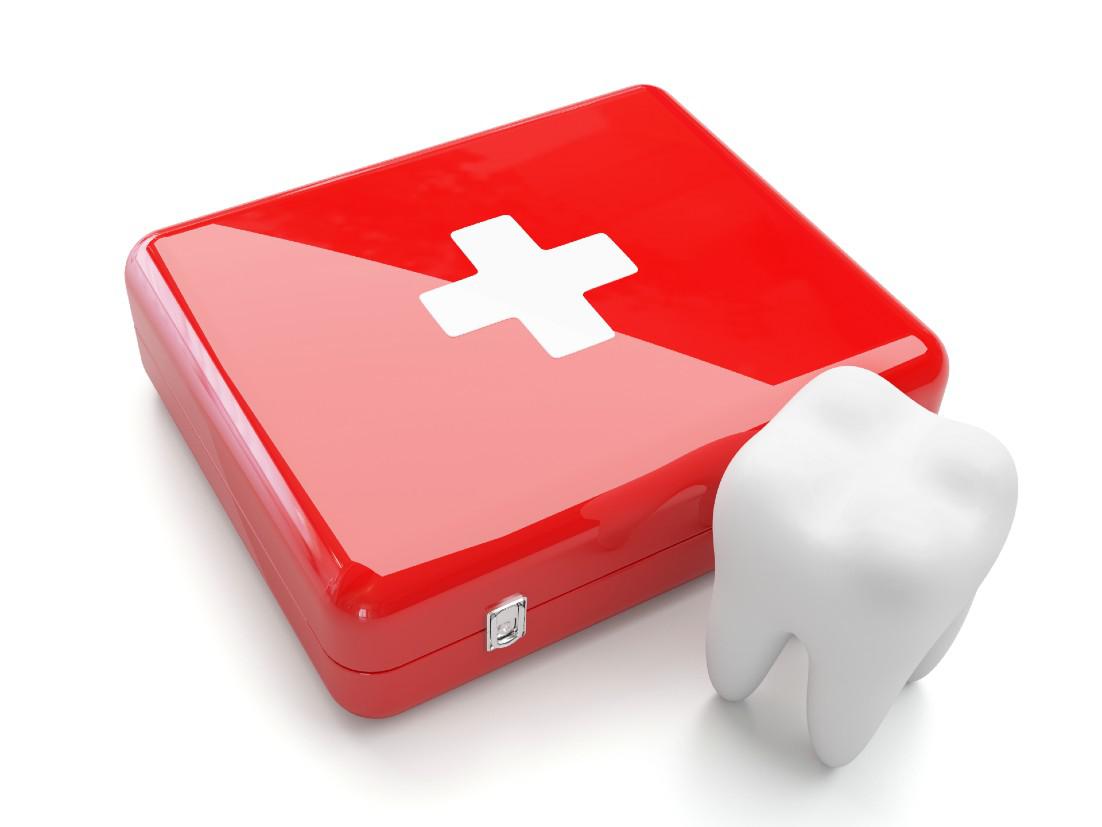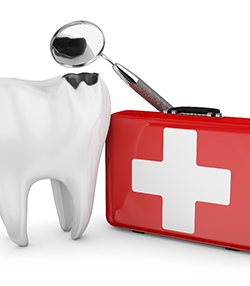Experience Top-Notch Care at Emergency Dentist Edmonton Facilities
Experience Top-Notch Care at Emergency Dentist Edmonton Facilities
Blog Article
Emergency Dental Care: Fast Relief for Tooth Pain and Accidents
Emergency situation oral care is a crucial element of maintaining dental wellness, particularly when unexpected incidents occur or severe pain arises. Recognizing the indications that demand immediate focus can substantially influence end results, protecting against more problems. From acute toothaches to terrible injuries, identifying the seriousness of these scenarios is vital. Lots of individuals stay unsure about the certain circumstances that warrant timely intervention. This ambiguity commonly leads to delays in looking for assistance, which can exacerbate the issue available. Discovering the typical sorts of oral emergency situations and the suitable feedbacks is important for notified decision-making during these defining moments.
Comprehending Dental Emergencies
Dental emergency situations frequently develop without warning, necessitating prompt focus to minimize discomfort and prevent additional complications. Comprehending the nature of oral emergencies is essential for both people and doctor to make certain reliable management. These situations can range from acute discomfort and injury to infections that call for instant intervention.
One trick facet of dental emergency situations is identifying the indications that need urgent care. Signs and symptoms such as extreme toothaches, swelling, or blood loss can show underlying problems that, if left neglected, might result in significant health problems. In addition, trauma to the mouth, whether from sporting activities injuries or accidents, can cause damage to teeth and surrounding tissues, necessitating swift examination and treatment.
Timely intervention not just minimizes discomfort but likewise preserves oral health and wellness. Patients are urged to seek immediate care when experiencing uncomfortable symptoms, as postponing therapy can intensify the scenario. Understanding the urgency and prospective effects of oral emergencies empowers people to make enlightened choices, eventually bring about better results and enhanced oral health. By focusing on timely interest to dental crises, people can decrease pain and guard their overall health.
Typical Kinds Of Dental Emergencies
Encountering numerous types of dental emergencies needs a thorough understanding of the conditions that necessitate prompt treatment. Common dental emergencies can substantially affect a patient's oral health and wellness and general well-being.
Extreme pain typically shows an underlying problem that requires punctual treatment. One more usual emergency situation is a broken or cracked tooth, commonly triggered by trauma or excessive force.
Knocked-out teeth stand for a critical emergency, where instant activity is vital for potential reimplantation. Conservation of the tooth in an ideal medium, such as milk or saline, is essential while seeking professional aid.
Furthermore, oral abscesses, defined by localized infection, present as swelling and pain. These require immediate treatment to stop the spread of infection.
Lastly, soft cells injuries, including lacerations or cuts to the periodontals, cheeks, or tongue, can also require emergency situation care. Resolving these problems swiftly is crucial in minimizing complications and making certain optimal dental health.
When to Look For Immediate Care

Crashes leading to dental trauma-- such as a knocked-out tooth, fractured or broke teeth, or injuries to the gum tissues-- need immediate treatment (emergency dental edmonton). In the situation of a knocked-out tooth, time is of the essence; it must be returned or stored in milk or saline and taken to the dental practitioner within an hour for the finest opportunity of successful reattachment
In addition, long term bleeding from the mouth or any kind of dental lacerations that websites do not stop might represent a much more major condition calling for prompt intervention. Oral swelling, especially if it impacts breathing or swallowing, is another red flag. Generally, if you experience any sudden modifications in your dental wellness or physical pain that rises rapidly, look for instant oral like minimize possible issues and ensure your wellness.
Handling Pain in the house
Effective administration of oral pain at home can dramatically relieve discomfort while waiting for expert therapy. A number of methods can be utilized to resolve discomfort and lower swelling efficiently.
Using a chilly compress to the exterior of the cheek can likewise aid numb the location and reduce swelling. This method is particularly efficient within the initial 24 hours adhering to an injury or start of discomfort.
Furthermore, keeping oral hygiene is important. Gently washing the mouth with cozy salt water can aid reduce and clean the damaged location inflammation. Clove oil, recognized for its natural analgesic homes, can be applied sparingly to the gum tissue location utilizing a cotton ball for local relief.
Staying clear of specific foods-- such as those that are hard, crunchy, or incredibly warm or chilly-- can protect against exacerbation of discomfort. Ultimately, guaranteeing sufficient hydration and rest will support general recuperation while waiting on professional oral treatment. These natural home remedy can provide a substantial level of relief till a dental expert can be spoken with.

What to Expect at the Dental Professional
A browse through to the dentist can usually provide anxiousness, yet recognizing what to anticipate can reduce worries and help with a smoother experience. Upon arrival, you will typically inspect in at the reception, where you might need to fill in kinds concerning your case history and oral issues. Following this, a dental aide will lead you to the examination room and take necessary radiographs, if applicable.
When worked out, the dental expert will perform a thorough examination of your periodontals and teeth. If you are experiencing discomfort or discomfort, make sure to interact this clearly, as it advice will assist the dental practitioner tailor the exam to your requirements. Depending upon the findings, they may advise therapies, which can include loading dental caries, doing extractions, or other procedures.
During any type of treatment, expect to receive regional anesthesia to reduce discomfort. The dental expert will discuss each step of the process, ensuring you really feel educated and comfy. After the procedure, the dental group will certainly offer aftercare instructions to aid handle your recovery effectively. Remember, open interaction with your dentist is crucial to ensuring a positive experience and achieving optimum oral health.
Conclusion
In final thought, emergency dental treatment plays a check here critical function in relieving tooth discomfort and attending to immediate oral issues. Individuals are encouraged to familiarize themselves with reliable discomfort monitoring techniques at home, while also being prepared for the treatments that might be embarked on by dental experts during emergencies.
Emergency situation oral care is a vital element of preserving oral health, especially when unforeseen cases occur or serious pain emerges.Oral emergency situations regularly develop without warning, requiring prompt focus to alleviate pain and stop more problems.In verdict, emergency situation oral treatment plays an important role in reducing tooth pain and dealing with urgent dental issues. Identifying the indications of dental emergency situations and understanding when to seek instant care can significantly affect oral wellness outcomes. Individuals are urged to familiarize themselves with reliable pain monitoring approaches at home, while also being prepared for the procedures that may be undertaken by oral specialists throughout emergencies.
Report this page